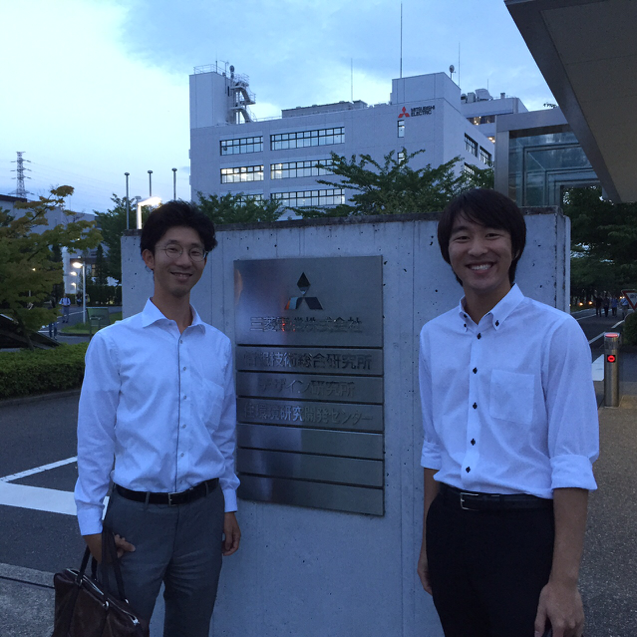If you're passionate about Research & Development in IT, learn more about this opportunity
From it's founding in 1921, Mitsubishi Electric has been at the forefront of Japan's technical ingenuity and product innovation. From its first hit product - an electric fan for consumer use - Mitsubishi is one of the biggest electronics and electrical equipment manufacturing companies in Japan.
IDC focuses on IT-related topics, and is one of several research laboratories around the world located in Kanagawa.



